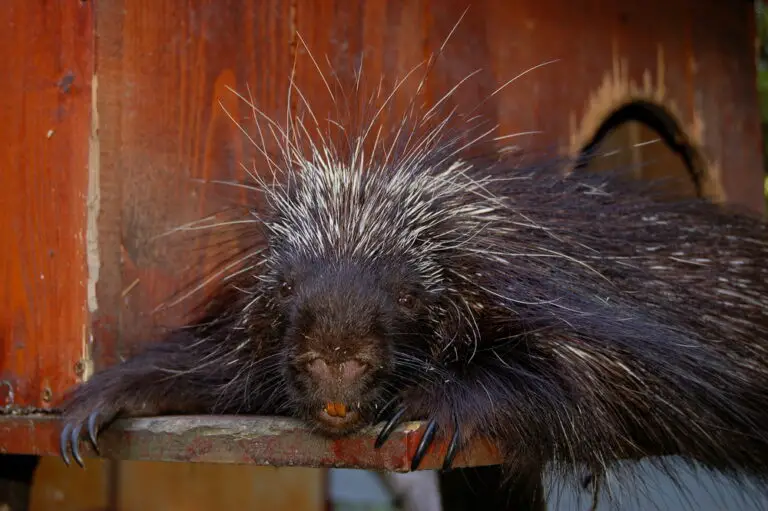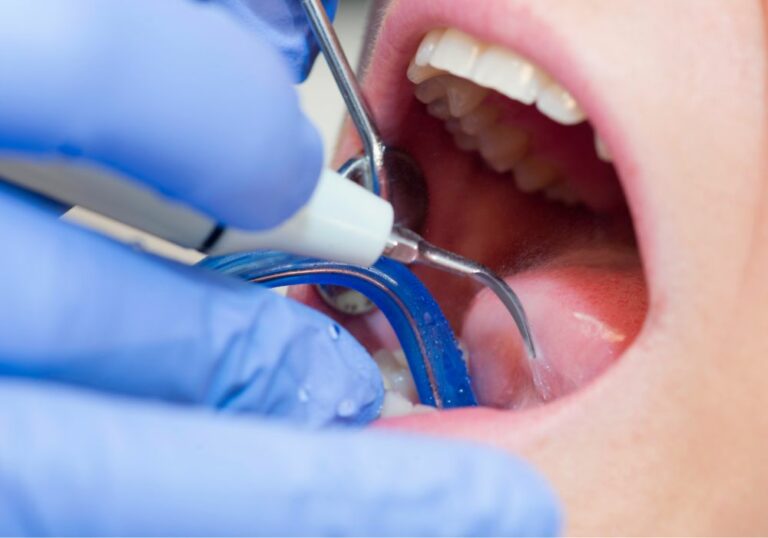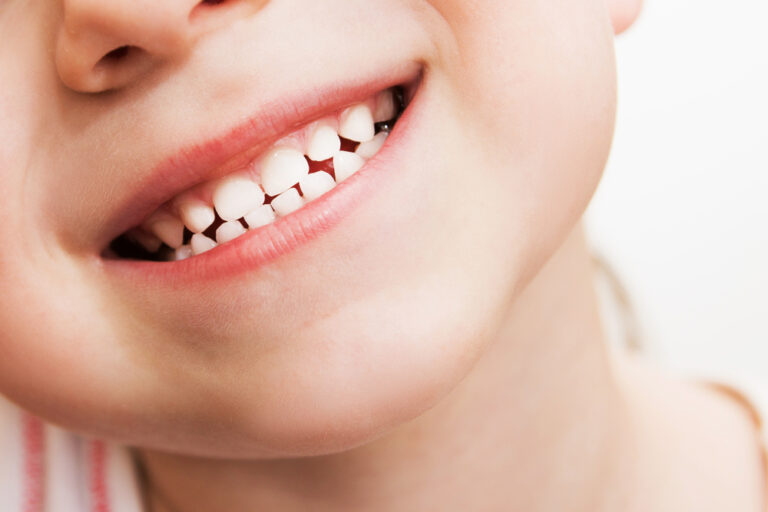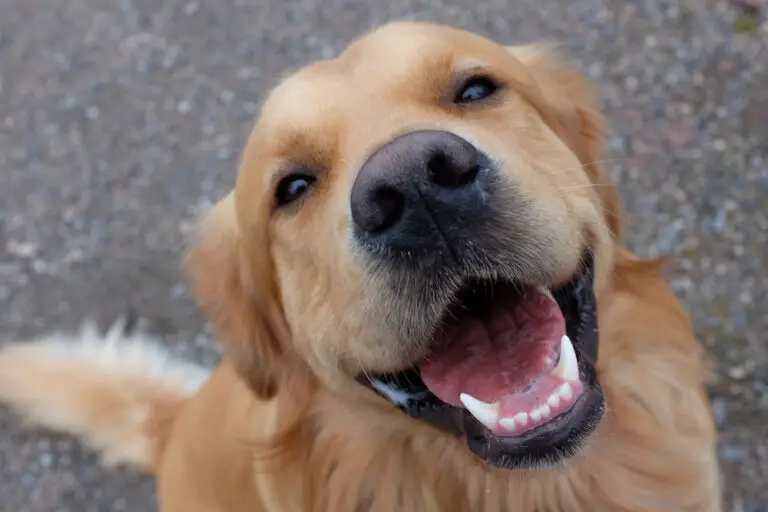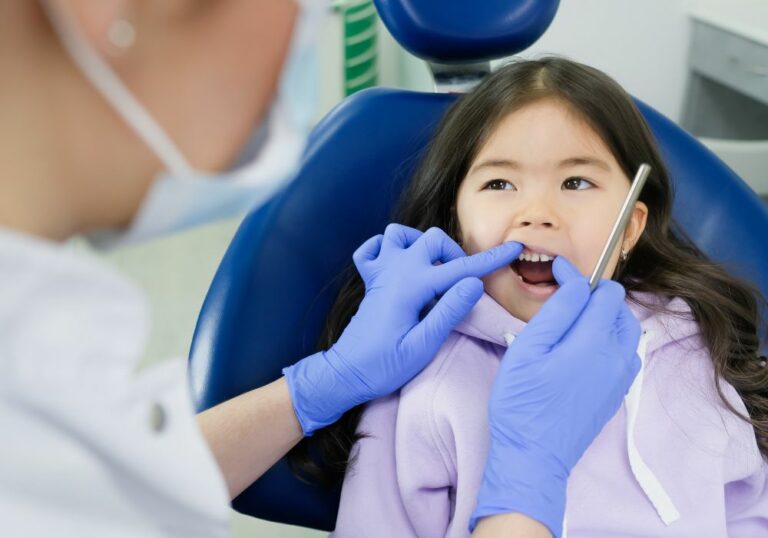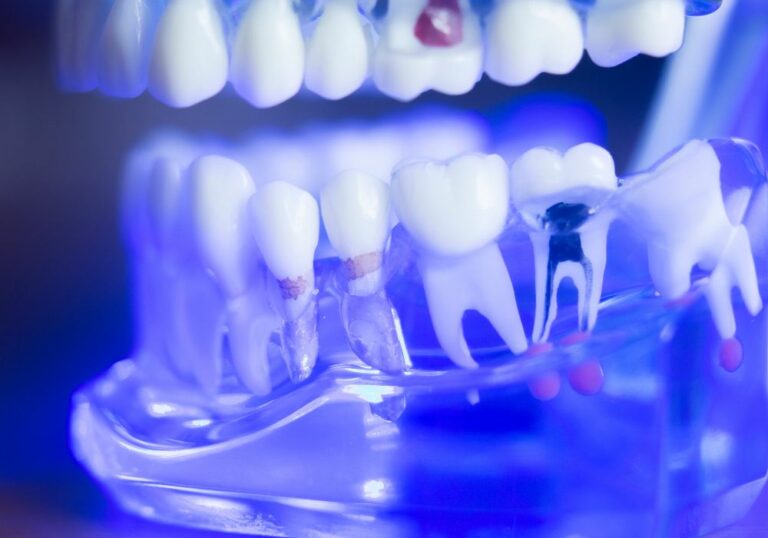Have you ever wondered why we say “teeth” instead of “tooths” when referring to more than one tooth? It may seem like a minor detail, but it’s actually a fascinating linguistic phenomenon that has been studied by linguists for decades.
In English, the plural of “tooth” is “teeth.” This is an example of an irregular plural, which means that it does not follow the typical pattern of adding an “s” to the end of a word to indicate plurality. Instead, the word changes in a unique way, which can be confusing for non-native speakers and children who are learning the language. But why does this irregularity exist, and how did it come about? These are questions that have intrigued linguists for years, and there are several theories that attempt to explain the phenomenon.
One theory is that irregular plurals like “teeth” are a remnant of Old English, which was spoken in England between the 5th and 11th centuries. During this time, English was a highly inflected language, which means that words changed their form to indicate their grammatical function in a sentence. Over time, the inflections began to disappear, but some of the irregularities remained, including the plural form of “tooth.” Another theory is that irregular plurals are simply easier to remember than regular ones, which is why they have persisted in the language despite the fact that they are more difficult to learn. Whatever the reason, the fact remains that we say “teeth” instead of “tooths,” and it’s a fascinating linguistic quirk that reminds us of the complexity and richness of the English language.
The Linguistics of Teeth
Teeth are an essential part of our oral cavity, and they play a crucial role in our ability to produce speech. The articulatory system, which includes the lips, tongue, mouth, larynx, and teeth, works together to produce different sounds and speech patterns.
When you speak, your teeth come into contact with your tongue, lips, and other parts of the articulatory system to create different sounds. For example, when you say the word “thick,” your tongue pushes against your upper front teeth to produce the “th” sound. Similarly, when you say the word “teeth,” your tongue touches your upper front teeth and then moves back to produce the “ee” sound.
It’s important to note that the term “teeth” is plural, and it refers to more than one tooth. However, in some cases, the term “tooth” may be used to refer to a single tooth or multiple teeth. For instance, the term “tooth erosion” may refer to erosion of a single tooth or multiple teeth.
In summary, teeth are an essential part of the articulatory system, and they play a vital role in our ability to produce speech. The term “teeth” is plural, but in some cases, the term “tooth” may be used to refer to a single tooth or multiple teeth.
Cultural Differences in Teeth Terminology
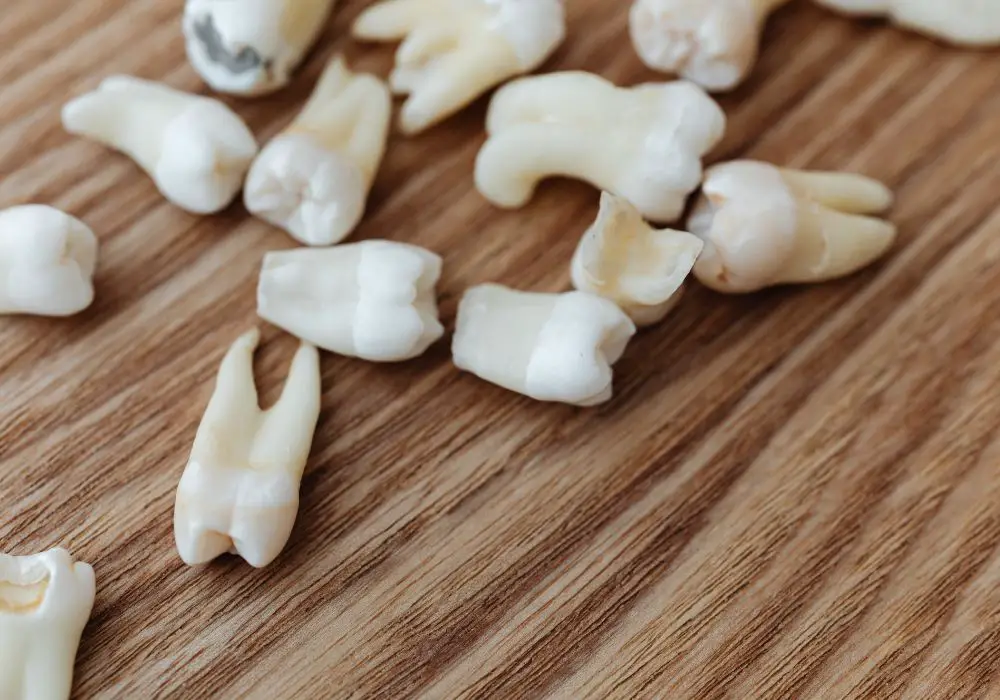
When it comes to teeth, there are cultural differences in the terminology used to describe them. In some cultures, teeth are seen as a symbol of beauty and status, while in others they are viewed as a sign of aging or poor health. This section will explore the differences in teeth terminology between Western and Eastern cultures.
Western Perspectives
In Western cultures, teeth are often described in medical terms. Dentists use specific terms to describe different parts of the tooth and the mouth. For example, the visible part of the tooth is called the crown, and the roots are the parts of the tooth that are embedded in the jawbone. Western cultures also place a lot of emphasis on straight, white teeth as a sign of beauty and good health. As a result, there is a lot of focus on dental hygiene and cosmetic dentistry.
Eastern Perspectives
In Eastern cultures, teeth are often described in more symbolic terms. In some cultures, teeth are seen as a sign of good luck or prosperity. For example, in China, it is believed that the number of teeth a person has is related to their luck in life. Other cultures view teeth as a sign of aging or wisdom. In Japan, there is a saying that “a person’s life is reflected in their teeth.”
In addition to cultural differences in terminology, there are also differences in dental practices. For example, in some Eastern cultures, people use natural remedies to clean their teeth, such as chewing on twigs or using herbal mouthwashes. In Western cultures, people are more likely to use toothbrushes, toothpaste, and floss.
Overall, the way that teeth are viewed and described varies greatly between cultures. While Western cultures tend to focus on the medical aspects of teeth, Eastern cultures view them in more symbolic terms. Understanding these cultural differences can help to foster better communication and understanding between people from different backgrounds.
Teeth in Idiomatic Expressions
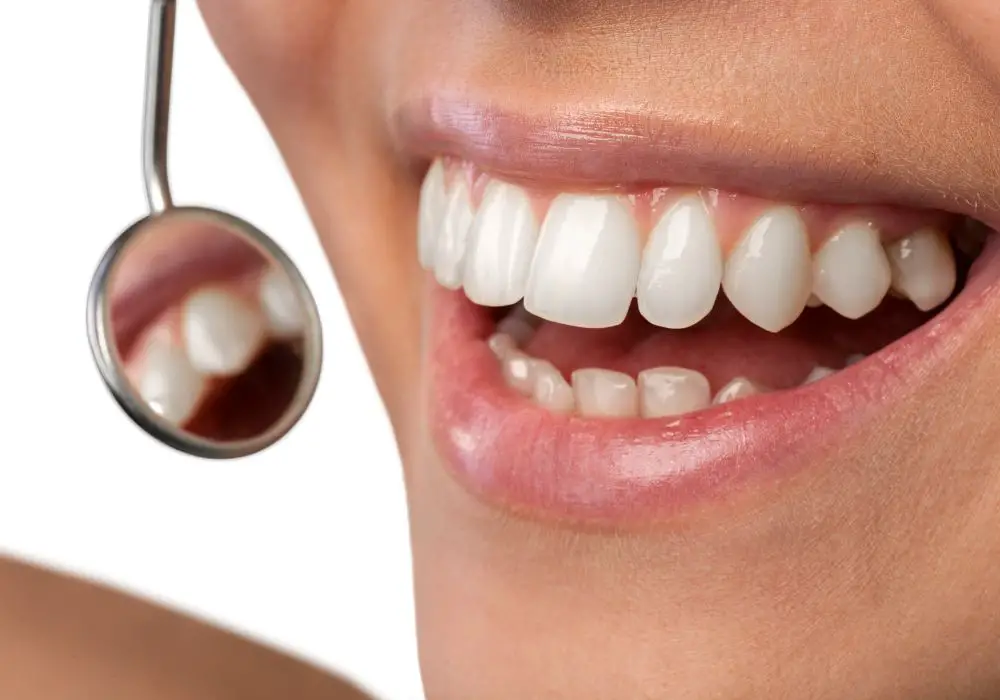
When it comes to idiomatic expressions, teeth are a popular subject. Here are some common idioms that use the word “teeth” and their meanings.
Common English Idioms
- Bare your teeth: This idiom means to show your anger or aggression towards someone or something. It can also mean to show your true nature or intentions.
- Cut your teeth: This idiom means to gain experience in a particular field or activity. It is often used to describe a person who has just started a new job or career.
- Get your teeth into something: This idiom means to become deeply involved or interested in something. It is often used to describe a person who is passionate about a particular topic or project.
- Grit your teeth: This idiom means to endure a difficult or unpleasant situation without complaining. It can also mean to prepare yourself mentally for a challenging task.
- Kick in the teeth: This idiom means to experience a disappointment or setback. It is often used to describe a situation where someone has been let down or betrayed by someone they trusted.
Global Idioms
- As rare as hen’s teeth: This idiom means that something is extremely rare or difficult to find. It is often used to describe a situation where something is in short supply.
- By the skin of your teeth: This idiom means to succeed in something by a very narrow margin. It is often used to describe a situation where someone has just managed to avoid failure.
- Long in the tooth: This idiom means to be old or past your prime. It is often used to describe a person who is no longer as capable or energetic as they once were.
- Tooth and nail: This idiom means to fight or compete fiercely for something. It is often used to describe a situation where someone is determined to win at all costs.
In conclusion, teeth are a common subject in idiomatic expressions. Whether you’re gritting your teeth, cutting your teeth, or getting your teeth into something, these idioms can add color and depth to your language.
Teeth in Literature
Teeth have played a significant role in literature, mythology, and religion for centuries. Teeth are often used to symbolize power, strength, and aggression. They can also represent vulnerability, fear, and pain. Here are some examples of teeth in literature:
- In Bram Stoker’s “Dracula,” the vampire’s sharp teeth are a symbol of his power and danger. They are also used to represent his sexual prowess and seduction of his victims.
- In the Harry Potter series, the character Hermione Granger uses a spell to fix Harry’s broken tooth. This moment highlights the importance of teeth in the wizarding world and their ability to impact physical appearance and health.
- In the classic fairy tale “Little Red Riding Hood,” the wolf’s sharp teeth are a symbol of his predatory nature and danger to the protagonist.
Teeth can also be used to explore themes of identity and self-discovery. For example, in the Greek myth of Cadmus, the hero’s quest for self-discovery begins with the search for his sister’s missing teeth.
Overall, teeth have a rich history in literature and continue to be a powerful symbol in storytelling.
Teeth in Medical Discourse
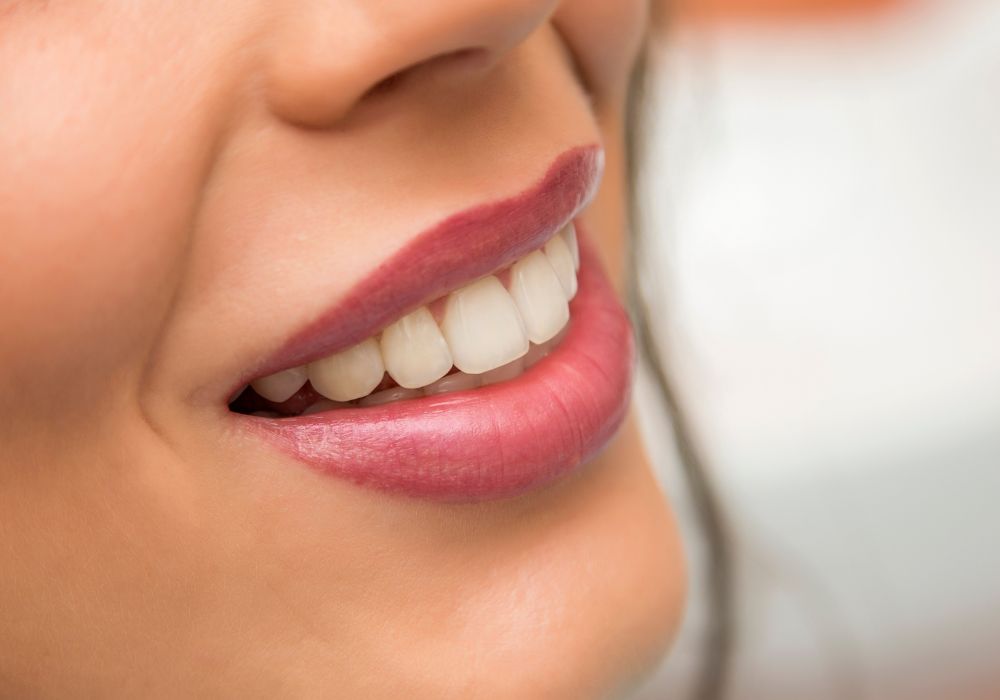
When talking about teeth in medical discourse, there are a few things to keep in mind. Here are two sub-sections to help you understand dental terminology and medical jargon.
Dental Terminology
Dentists use a lot of specific terminology when discussing teeth. Here are a few terms you might hear:
- Abutment: A connector between a dental implant and a crown or bridge.
- Gingiva: The medical term for gums.
- Malocclusion: A misalignment of the teeth.
- Periodontitis: A severe form of gum disease that can lead to tooth loss.
If you’re confused about any of these terms, don’t hesitate to ask your dentist for clarification. They’re happy to explain things to you in plain language.
Medical Jargon
In medical discourse, teeth might be referred to in a more technical way. Here are a few terms you might come across:
- Dental arch: The curved structure formed by the teeth in your upper or lower jaw.
- Dental occlusion: The way your upper and lower teeth fit together when you bite down.
- Dental pulp: The soft tissue inside a tooth that contains nerves and blood vessels.
- Dental caries: The medical term for cavities.
If you’re reading a medical article or talking to a healthcare professional, you might encounter some of these terms. Don’t be afraid to ask for clarification if you’re unsure what they mean.
Overall, understanding dental terminology and medical jargon can help you communicate more effectively with your dentist or healthcare provider. If you’re ever unsure about a term, don’t hesitate to ask for clarification.
Frequently Asked Questions
How do we correctly refer to multiple teeth?
When referring to multiple teeth, the correct term is “teeth.” For example, you would say “I brushed my teeth this morning” instead of “I brushed my tooths this morning.”
What is the slang meaning of ‘teeth’?
In slang, “teeth” can refer to the act of biting or chewing, as in “sink your teeth into this delicious steak.”
What is the correct plural form of ‘tooth’?
The correct plural form of “tooth” is “teeth.”
Why do some people say ‘teeth is’ instead of ‘teeth are’?
Some people may mistakenly use “teeth is” instead of “teeth are” because “teeth” sounds like a singular noun. However, “teeth” is actually a plural noun, so the correct verb form to use is “are.”
What are some common causes of yellow teeth?
Common causes of yellow teeth include consuming dark-colored foods and drinks, smoking, poor dental hygiene, and certain medications.
Is it grammatically correct to say ‘two tooths’?
No, it is not grammatically correct to say “two tooths.” The correct plural form of “tooth” is “teeth.”

